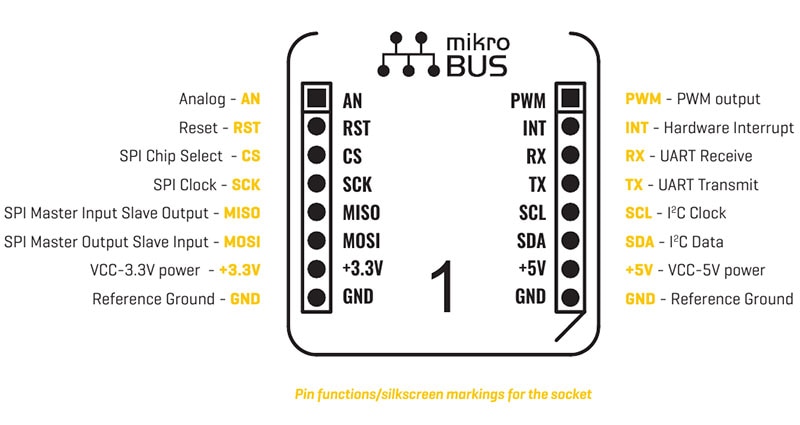New Product Discoveries - STMicroelectronics' ToF Sensor and Acconeer's Pulsed Radar Unit
Keeping true to our word, today on New Product Discoveries with me, Randall Restle, we will be focused on a couple unique, exciting sensor products.We will be touching on sensors from STMicroelectronics and Acconeer, two suppliers that are at the forefront of their respective technologies.
FlightSense, from STMicroelectronics, is a series of Infrared-based Time-of-Flight (ToF) sensors. Today we are specifically looking at the VL53L1X. This ToF sensor has a range of up to four meters. It can be programmed in the same manner as a microcontroller or processor via a serial interface. The VL53L1X can be set up for three different ranges with an accuracy of 20 mm. STMicroelectronics has developed this product to be insensitive to ambient light widening the potential applications in which it can be utilized. I have thought about setting this part up to detect the water level in my cistern allowing me to monitor and ensure that it is operating the way it should. Additional applications STMicroelectronics has seen for its FlightSense products include: user detection, service robots, drones, smart shelving, smart lighting, and laser assisted autofocus in cameras.
On top of that, Acconeer just released a product I am excited to discuss in the form of a pulsed Radar unit. The XR112 is a sensor board developed for customers to demonstrate and debug the A111 Pulsed Coherent Radar Sensor. For the longest time there was talk of Radar chips coming to the market – finally, they’re here! This unit operates up to two meters in range at millimeter accuracy. One of the features of this product is its “continuous mode” in which you can tell it how often to update (up to 1500 Hz). Applications are far and wide for this sensor: it has high precision measurement, single and multiple object detection, a configurable measurement range, gesture control, and is so sensitive it can detect breathing and pulse rates. Additionally, the A111 can track 2D and 3D objects as well as identify certain types of material. In conjunction with the XC112 and a Raspberry Pi you should have everything you need to start developing with Radar technology.
Thank you for watching!

Have questions or comments? Continue the conversation on TechForum, DigiKey's online community and technical resource.
Visit TechForum











